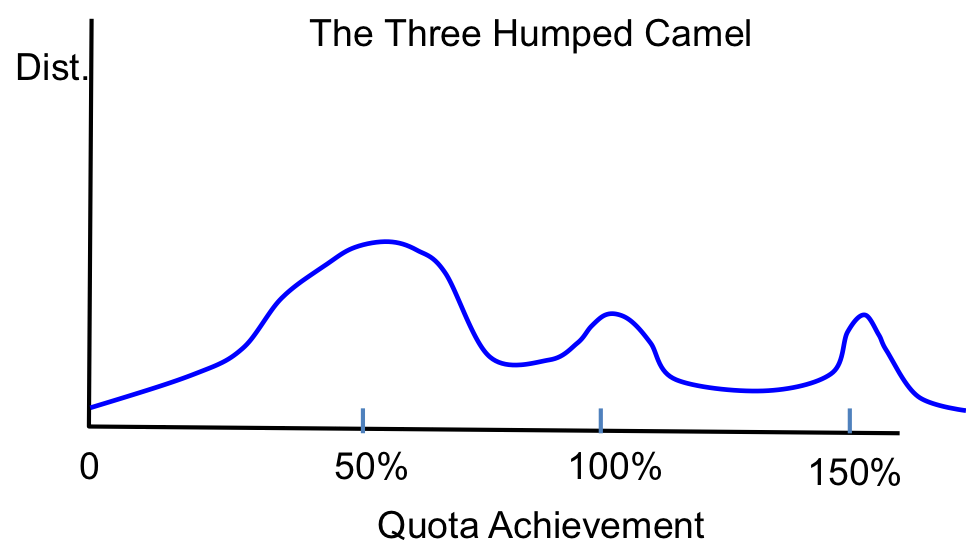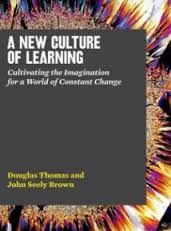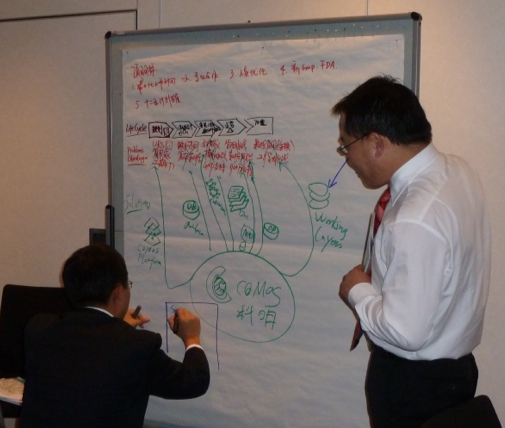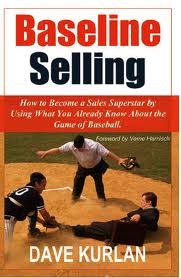Want to be great at golf or in sales? Anyone can be great at golf, provided they are physically able and prepared to put in the hours of disciplined, deliberate practice and get regular feedback from a professional coach.
Want to be outstanding in sales? - same rules apply; anyone can be truly great in sales - if that’s what they really want. Maybe you don’t aspire to be a truly great golfer or become an outstanding salesperson, you just want to get better - so you can have more fun playing golf or
improve sales performance. Then this post is for you.
Tiger Woods is an elite athlete. If he remains healthy and unimpeded by injury, he may become the greatest golfer the World has ever known and his records (and those he has yet to set) will likely never be beaten. Why, what sets Tiger apart, how can I make such an emphatic statement? April 16. 2010. (Since this article was published, the Tiger Woods sex scandal became public knowledge. It is not clear at this stage that he will regain the confidence that fuelled his earlier success, or ever if he will ever win another major.) August 13th. 2012, The pundits are shutting the door on Tiger Woods after the Rory McIlroy win at the US PGA CHampionshipo at Kiawah Island yesterday, but Tiger has plenty of time and events in front of him to overcome his current lack of confidence.
His father Earl Woods introduced Tiger to golf at the tender age of 18 months. By the time Tiger won his first his first US Amateur Championship at age 18, he had built a foundation of fifteen years of deliberate practice and had been competing at top levels of junior golf for the prior ten years. What sets elite athletes in any sport, elite musicians, top surgeons, pilots, ballet dancers, investors, chess players, sales-people apart from the rest? Were they born with some innate gift?
The 10,000 hour rule
The evidence suggests this is not the case and many researchers in the field of great performance, the most prominent of whom is Anders Ericsson, Professor of Psychology at Florida State University have proven that truly great performance is a combination of years of deliberate practice, plus intrinsic drive and passion for their chosen field. Leading scientists all agree on the ten-year rule; no one gets to the top of their profession without ten years (or 10,000 hours) of sustained and deliberate practice.
The problem for Tiger's peers is that they will never catch-up on the practice, unless of course Tiger stops practicing but continues playing - and that is highly unlikely. Selling, like golf is a skill or craft, except you don’t need any special equipment and you don’t need to go to a golf course or practice range to do it; but you do need to deliberately practice the skills and get feedback from professional coaches and skilled managers in order to improve.
Deliberate Practice
Deliberate practice isn’t what most of us do when we practice. When we practice golf, most of us go to the range and hit balls, chip shots and maybe putt for a while and we’re done. Deliberate practice according to Anders Ericsson and other researchers isn’t work and it isn’t play. “Deliberate practice activity is specifically designed to
• Improve performance, (often with a teachers help)
• It can be repeated a lot, (high repetition is essential)
• Feedback on results is continuously available,
• It’s highly demanding mentally and it isn’t much fun”.
According to Noel Tishy Professor of Management & Organizations at the Ross School of Business at the University of Michigan, former head of GE’s famed Crotonville Management School, only by choosing to practice activities in the learning zone can progress be made.
Identifying and continually seeking those unsatisfactory elements and striving to improve them is what makes practice deliberate. Tichy illustrates the point in the diagram, where improvement only occurs when people practice outside their comfort zone.
Hard Work Alone Wont Do it
Years of hard work alone will not improve anyone’s performance at anything. Without deliberate practice outside a person's comfort zone and without the help and feedback from a coach, no improvement in performance is likely, regardless of the discipline. This explains why so many salespeople (and golfers) do not progress past a certain level of performance...they don't like operating outside their comfort zone, yet this is where performance imrovement opportunity lies.
Having recently led a series of classroom sales training courses where salespeople were required to perform multiple video-taped and critiqued role-plays I can offer some insights into what skills a salesperson should practice. Let me repeat, the journey to excellence is painful and at times wearisome, which is why excellence is only achieved by the few. Of the 50 salespeople in the role-plays, only one performed an exceptional call. Role-playing isn't something salepeople like to do, in fact there is usually a great deal of resistance to it. Why? - because the close examination of performance and skill under their managers and peers critical eyes is way outside most salespeople's comfort zone.
Communication, language skills & Coaching are key
The skills that matter in sales are not managing the CRM system or creating account plans or reciting product features and benefits; they are communication, language, listening, rapport, empathy and interpersonal skills which are undeprinned by an understanding of the psychology of human behaviour. Read my post on
Soft-skills - Hard Currency for Sales Professionals.
These skills require regular practice and daily use with feedback until they are mastered and it will take years until they are all fully integrated into a salepersons make-up. Classroom training sessions are not an effective preparation for success in sales, unless they are part of a
structured curriculum underpinned by a
learning methodologywhich includes;
- Performance Support to master the theory elements of interpersonal psychology, communication and language,
- Honest feedback on actual performance in face-face or telephone selling situations from coaches and field sales managers,
- Regular role-playing in the branch with peers, sales managers and expert coaches,
- Self assessment after every call as to what went well and what could have been improved,
- Regular performance assessment from managers, certification and advancement.









